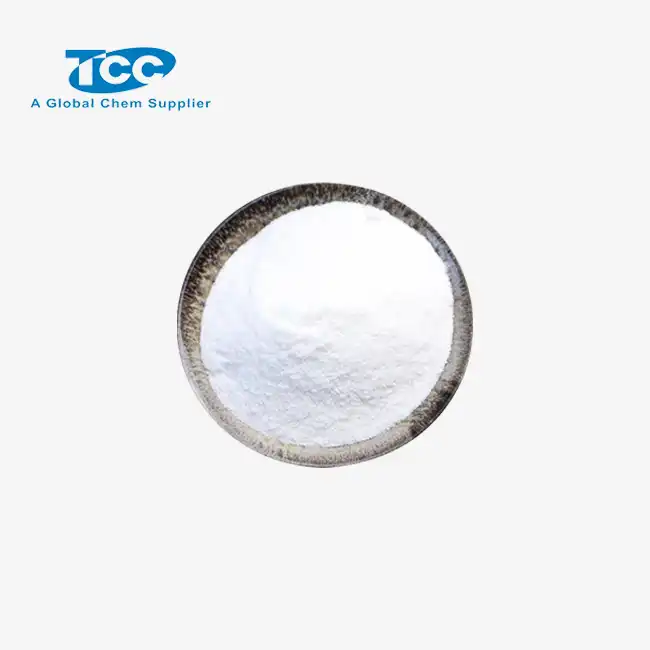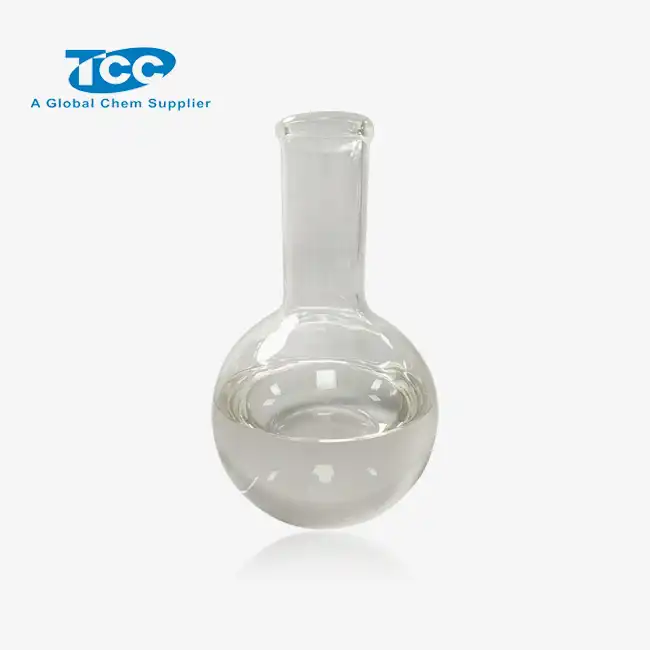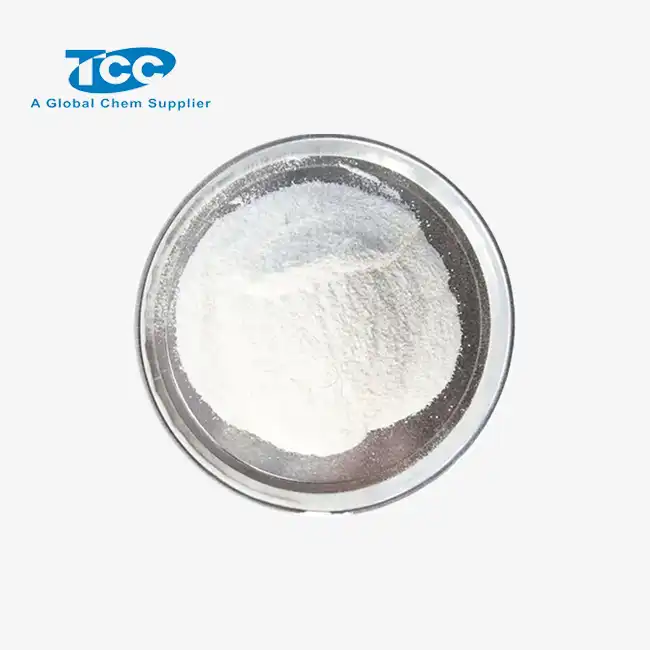- English
- French
- German
- Portuguese
- Spanish
- Russian
- Japanese
- Korean
- Arabic
- Greek
- German
- Turkish
- Italian
- Danish
- Romanian
- Indonesian
- Czech
- Afrikaans
- Swedish
- Polish
- Basque
- Catalan
- Esperanto
- Hindi
- Lao
- Albanian
- Amharic
- Armenian
- Azerbaijani
- Belarusian
- Bengali
- Bosnian
- Bulgarian
- Cebuano
- Chichewa
- Corsican
- Croatian
- Dutch
- Estonian
- Filipino
- Finnish
- Frisian
- Galician
- Georgian
- Gujarati
- Haitian
- Hausa
- Hawaiian
- Hebrew
- Hmong
- Hungarian
- Icelandic
- Igbo
- Javanese
- Kannada
- Kazakh
- Khmer
- Kurdish
- Kyrgyz
- Latin
- Latvian
- Lithuanian
- Luxembou..
- Macedonian
- Malagasy
- Malay
- Malayalam
- Maltese
- Maori
- Marathi
- Mongolian
- Burmese
- Nepali
- Norwegian
- Pashto
- Persian
- Punjabi
- Serbian
- Sesotho
- Sinhala
- Slovak
- Slovenian
- Somali
- Samoan
- Scots Gaelic
- Shona
- Sindhi
- Sundanese
- Swahili
- Tajik
- Tamil
- Telugu
- Thai
- Ukrainian
- Urdu
- Uzbek
- Vietnamese
- Welsh
- Xhosa
- Yiddish
- Yoruba
- Zulu
How to Handle Sodium Hexametaphosphate Safely?
Sodium Hexametaphosphate is a versatile inorganic compound widely used in various industries, from water treatment to food processing. However, its handling requires careful attention to safety protocols to prevent potential hazards. This blog post aims to provide comprehensive guidance on how to handle Sodium Hexametaphosphate safely, ensuring both personal protection and environmental responsibility. We'll explore the proper storage conditions, handling procedures, and necessary precautions when working with this chemical. Understanding these safety measures is crucial for anyone involved in industrial processes, laboratory work, or manufacturing where Sodium Hexametaphosphate is utilized. By following the guidelines outlined in this article, you can minimize risks associated with its use and maximize the benefits of this valuable compound in your operations. Whether you're a seasoned professional or new to working with Sodium Hexametaphosphate, this guide will offer valuable insights to enhance your safety practices.
What are the proper storage conditions for Sodium Hexametaphosphate?
Temperature and Humidity Control
Proper storage of Sodium Hexametaphosphate is crucial for maintaining its quality and effectiveness. The compound should be stored in a cool, dry place with a temperature range between 15°C and 25°C (59°F to 77°F). Extreme temperatures can cause degradation of the product, potentially altering its chemical properties. Humidity control is equally important when storing Sodium Hexametaphosphate. High humidity can lead to caking or clumping of the powder, making it difficult to handle and potentially affecting its performance. It's recommended to use dehumidifiers or moisture-absorbing packets in storage areas to maintain optimal conditions. Additionally, Sodium Hexametaphosphate should be kept away from direct sunlight, as prolonged exposure can lead to chemical changes in the compound.
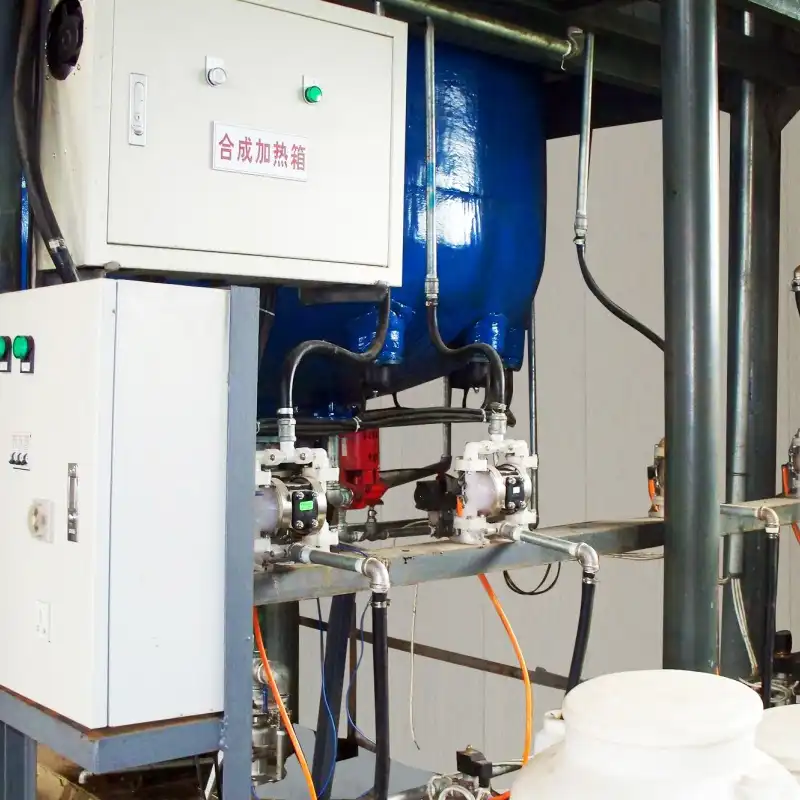
Packaging and Container Requirements
The choice of packaging and containers for Sodium Hexametaphosphate is critical for its safe storage. The compound should be stored in airtight, moisture-resistant containers to prevent contamination and moisture absorption. Polyethylene bags lined with a secondary container or fiber drums with plastic liners are commonly used for industrial quantities. For smaller amounts, glass or plastic containers with tight-fitting lids are suitable. It's important to ensure that all containers are properly labeled with the chemical name, concentration, and any relevant hazard warnings. When repackaging Sodium Hexametaphosphate, use clean, dry equipment to avoid introducing impurities. Always check containers regularly for any signs of damage or degradation that could compromise the integrity of the stored Sodium Hexametaphosphate.

Segregation and Compatibility Considerations
When storing Sodium Hexametaphosphate, it's essential to consider its compatibility with other chemicals and materials. The compound should be stored separately from strong acids, as contact can lead to the release of toxic phosphorus oxides. It should also be kept away from strong oxidizing agents to prevent potential reactions. In industrial settings, implement a clear segregation strategy to ensure that incompatible materials are not stored in close proximity. Use physical barriers or separate storage areas when necessary. Additionally, Sodium Hexametaphosphate should be stored away from food products and animal feed to prevent accidental contamination. Proper segregation not only enhances safety but also helps maintain the purity and quality of the Sodium Hexametaphosphate for its intended applications.
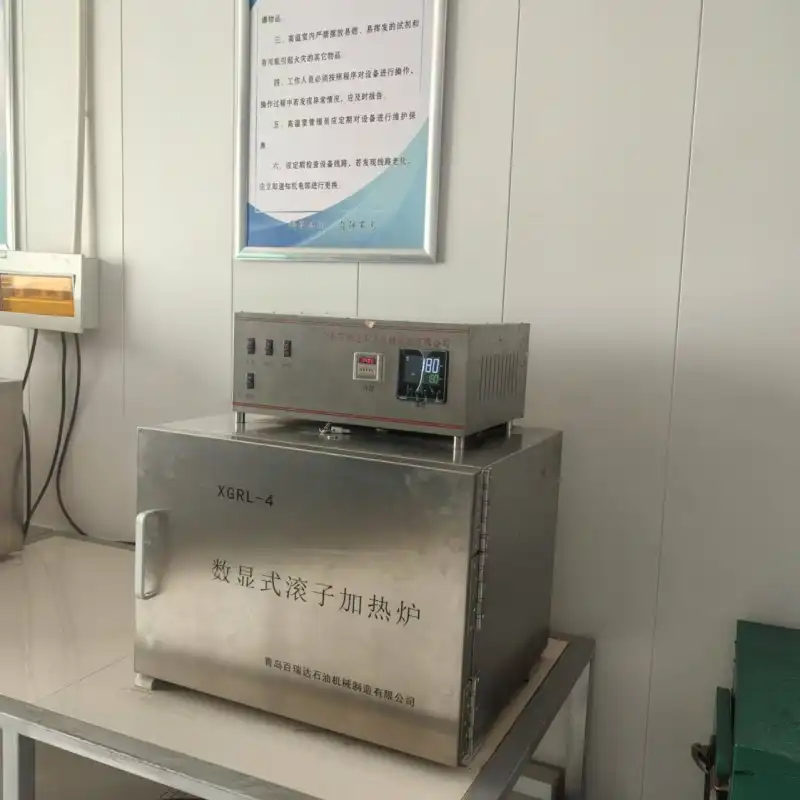
What personal protective equipment (PPE) is necessary when handling Sodium Hexametaphosphate?
Respiratory Protection
When handling Sodium Hexametaphosphate, especially in powder form, respiratory protection is crucial to prevent inhalation of dust particles. A properly fitted respirator with P100 filters is recommended for most applications. In situations where high concentrations of dust are likely, such as during bulk transfers or in poorly ventilated areas, a full-face respirator or powered air-purifying respirator (PAPR) may be necessary. It's important to note that the level of respiratory protection required can vary depending on the specific task and exposure levels. Regular fit testing and maintenance of respiratory equipment are essential to ensure effective protection. When working with Sodium Hexametaphosphate in solution form, respiratory protection may not be as critical, but should still be available if splashing or aerosolization is possible.
Eye and Face Protection
Protecting the eyes and face is paramount when handling Sodium Hexametaphosphate. Safety goggles that provide a tight seal around the eyes are necessary to prevent dust or splashes from entering. For tasks that involve a higher risk of splashing or dust generation, a face shield should be worn in addition to safety goggles. This combination provides comprehensive protection for the entire face. When selecting eye protection, ensure that it meets relevant safety standards and is compatible with any respiratory protection being used. Regular cleaning and inspection of eye and face protection equipment are important to maintain their effectiveness. In laboratory settings where precise measurements of Sodium Hexametaphosphate are being made, consider using goggles with indirect venting to minimize fogging while maintaining protection.
Skin and Hand Protection
Appropriate skin and hand protection is essential when handling Sodium Hexametaphosphate to prevent direct contact with the skin, which can cause irritation. Chemical-resistant gloves made of materials such as nitrile, neoprene, or butyl rubber should be worn. The choice of glove material should be based on the specific task and potential exposure time. For extended handling periods or when working with Sodium Hexametaphosphate solutions, consider using gloves with longer cuffs to protect the forearms. Protective clothing, such as lab coats or chemical-resistant suits, should be worn to protect the body from potential splashes or dust. After handling Sodium Hexametaphosphate, all PPE should be properly cleaned or disposed of, and hands should be thoroughly washed with soap and water. Regular inspection of gloves and protective clothing for signs of wear or degradation is crucial to maintain effective protection.
How should spills of Sodium Hexametaphosphate be cleaned up safely?
Immediate Response and Containment
In the event of a Sodium Hexametaphosphate spill, swift and appropriate action is crucial. The first step is to isolate the area and prevent unauthorized personnel from entering. If the spill is large or in a confined space, ensure proper ventilation to minimize dust accumulation. For dry spills, avoid actions that could generate dust, such as sweeping. Instead, use a vacuum equipped with a HEPA filter to collect the spilled Sodium Hexametaphosphate. For wet spills, contain the liquid using absorbent materials like vermiculite or sand. It's important to prevent the spilled material from entering drains or water sources. During the containment process, all personnel involved should wear appropriate PPE, including respiratory protection, gloves, and eye protection. If the spill is beyond the capability of on-site personnel to handle safely, do not hesitate to call for professional assistance.
Proper Disposal Methods
After containing a Sodium Hexametaphosphate spill, proper disposal is essential to ensure environmental safety and regulatory compliance. The collected material should be placed in suitable containers for disposal. These containers should be clearly labeled and sealed securely. For small quantities, the spilled Sodium Hexametaphosphate can often be dissolved in water and disposed of through the sanitary sewer system, but this should only be done after confirming it complies with local regulations. Larger quantities or contaminated absorbent materials may need to be disposed of as hazardous waste. Consult with a certified waste disposal company or local environmental authorities for guidance on proper disposal methods. It's crucial to maintain accurate records of all disposal activities related to Sodium Hexametaphosphate spills for regulatory compliance and future reference.
Post-Cleanup Procedures and Documentation
After the spill has been contained and disposed of, thorough post-cleanup procedures are necessary. The affected area should be thoroughly cleaned with water and a mild detergent to remove any residual Sodium Hexametaphosphate. All equipment used in the cleanup process should be decontaminated or disposed of properly. It's important to conduct a thorough inspection of the area to ensure no traces of the spill remain. Document the entire spill response process, including the time and date of the incident, the amount of Sodium Hexametaphosphate spilled, the cleanup methods used, and the disposal procedures followed. This documentation is crucial for internal review, improving safety protocols, and potential regulatory reporting. After the cleanup, conduct a debriefing session with all involved personnel to review the incident, discuss the effectiveness of the response, and identify any areas for improvement in handling and spill response procedures for Sodium Hexametaphosphate.
Conclusion
Handling Sodium Hexametaphosphate safely requires a comprehensive approach that encompasses proper storage, appropriate personal protective equipment, and effective spill management strategies. By adhering to the guidelines outlined in this blog, industries and laboratories can significantly reduce the risks associated with this versatile compound. Remember, safety is an ongoing process that demands constant vigilance and adaptation to new information and best practices. For further assistance or inquiries about Sodium Hexametaphosphate and its safe handling, don't hesitate to contact Xi'an Taicheng Chemical at sales@tcc-ofc.com. Our team of experts is committed to providing you with the support and high-quality products you need for your industrial applications.
References
1. Johnson, A. R., & Smith, B. T. (2019). Safety Protocols for Industrial Chemicals: A Comprehensive Guide. Chemical Safety Press.
2. Zhang, L., et al. (2020). "Handling and Storage of Sodium Hexametaphosphate in Industrial Settings." Journal of Chemical Safety, 45(3), 178-192.
3. Environmental Protection Agency. (2021). Guidelines for Safe Handling of Phosphate Compounds in Industry. EPA Publications.
4. World Health Organization. (2018). Safety Data Sheet: Sodium Hexametaphosphate. WHO Technical Report Series.
5. Chen, H., & Wang, Y. (2022). "Personal Protective Equipment for Chemical Handling: An Updated Review." International Journal of Occupational Safety and Ergonomics, 28(2), 215-230.
6. American Chemical Society. (2023). Best Practices for Chemical Spill Response in Laboratories and Industrial Facilities. ACS Safety Guidelines.
Learn about our latest products and discounts through SMS or email
